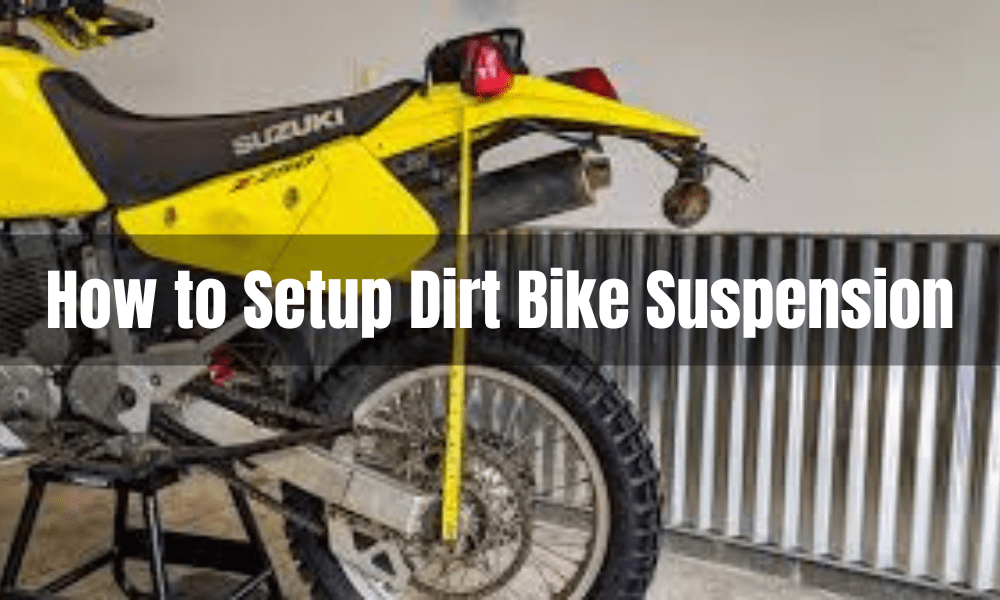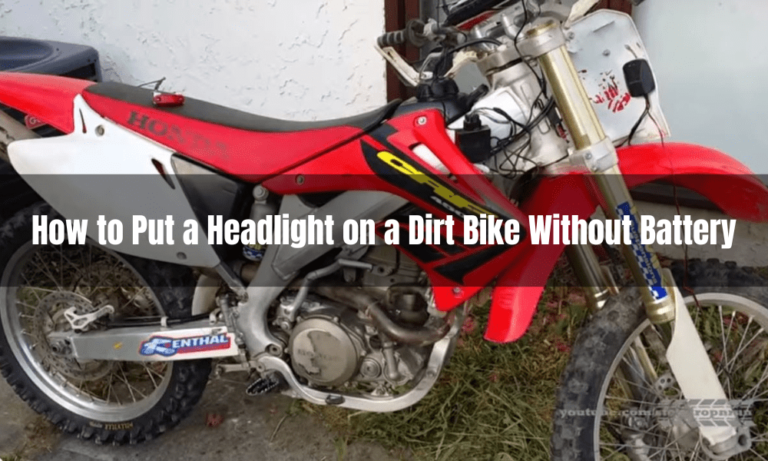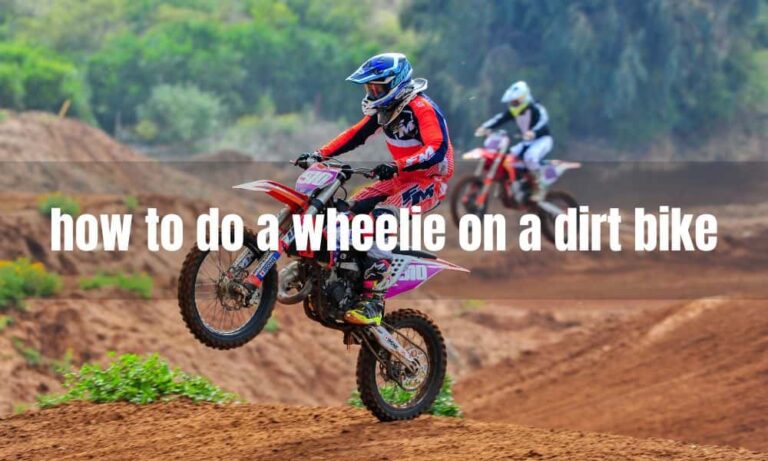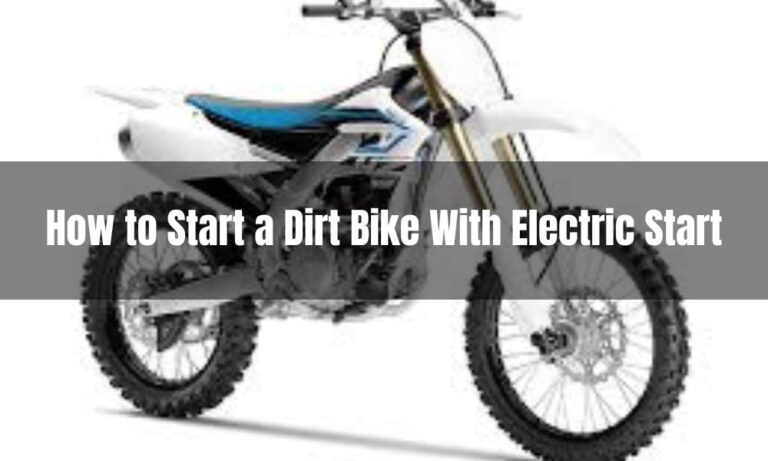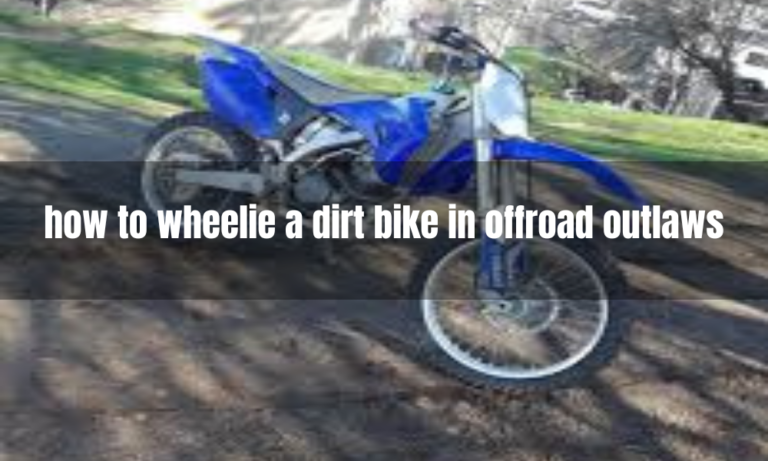How to Setup Dirt Bike Suspension
Dirt bike suspension is one of the most important yet often overlooked aspects of riding. A proper suspension setup can mean the difference between a smooth and stable ride and a bumpy and unpredictable one. we’ll reveal the secrets to unlocking the ultimate dirt bike suspension setup.
1: Understanding the Basics of Dirt Bike Suspension
The first step to properly setting up your dirt bike’s suspension is understanding the different components that make it up. The two main components of dirt bike suspension are the forks and the shocks. The forks are located at the front of the bike and are responsible for absorbing impact from bumps and jumps. The shocks are located at the rear of the bike and do the same thing but for the rear wheel.
It’s important to note that suspension is not just about making your ride more comfortable, it’s also about improving handling and control. With a properly set up suspension, you’ll have better traction, stability, and overall control of your bike. This is especially important when riding off-road and in extreme conditions.
Another important aspect of dirt bike suspension is regular maintenance and servicing. This includes cleaning and lubricating the suspension components, as well as checking for wear and tear. Neglecting regular maintenance can lead to decreased performance and even costly repairs.
2: Setting Sag for Optimal Handling and Control
Sag is the amount of suspension compression that occurs when the rider is sitting on the bike in a relaxed, upright position. Proper sag setting is crucial for optimal handling and control. To set sag, you’ll need a friend to help you, a tape measure, and a sag scale (if you have one).
First, measure the distance from the rear axle to a fixed point on the rear fender or frame (this will be your “static” measurement). Then, have your friend sit on the bike while you measure the distance from the rear axle to the same fixed point (this will be your “sag” measurement). The difference between the two measurements is your sag.
For most riders, the recommended sag is around 25-30% of the total suspension travel. This can vary depending on your riding style and weight, so it’s important to experiment with different sag settings until you find the right balance.
3: Adjusting Compression and Rebound Settings
Compression and rebound settings refer to how quickly the suspension compresses and rebounds after hitting a bump or jump. Compression damping controls how fast the suspension compresses, while rebound damping controls how fast it rebounds.
Adjusting these settings can greatly affect the handling and control of your bike. For example, increasing compression damping will make the suspension stiffer and better for jumping, while decreasing it will make the suspension softer and better for cornering.
Finding the right balance between compression and rebound settings is crucial for a smooth and stable ride. This can take some trial and error, so it’s important to experiment with different settings and take note of how they affect the handling of your bike.
4: The Impact of Air Pressure on Suspension Performance
Air pressure can have a big impact on suspension performance, especially in air-sprung forks and shocks. The correct air pressure will ensure that the suspension is working at its best, providing maximum support and stability.
The recommended air pressure will vary depending on your weight and riding style. It’s important to consult the manufacturer’s instructions or consult a professional for the correct air pressure for your specific suspension.
It’s also important to check the air pressure regularly, as changes in temperature and altitude can affect it. Under-inflated or over-inflated air pressure can lead to decreased performance and even costly repairs.
5: Upgrading to Aftermarket Suspension Components
Upgrading to aftermarket suspension components can greatly improve the performance of your dirt bike. Aftermarket components are typically made of higher-quality materials and are designed to provide better handling and control.
One of the most common aftermarket upgrades is replacing the stock springs with higher-rate springs. Higher-rate springs are stiffer and provide better support, especially for heavier riders or those who like to jump and race. Another popular upgrade is installing aftermarket shocks and forks. These components are designed to provide better damping and improved handling.
6: Maintaining and Servicing Your Suspension
Regular maintenance and servicing of your dirt bike’s suspension is crucial for keeping it in top condition. This includes cleaning and lubricating the suspension components, as well as checking for wear and tear. Neglecting regular maintenance can lead to decreased performance and even costly repairs.
It’s also important to keep an eye out for common suspension issues, such as leaks, worn bushings, and broken seals. These issues can be easily fixed by a professional, but if left unaddressed, they can lead to more serious problems.
7: Choosing the Right Suspension for Your Riding Style and Skill Level
There are two main types of dirt bike suspension: spring and air. Spring suspension is the traditional type, which uses metal coils to provide support. Air suspension, on the other hand, uses air pressure to provide support.
Spring suspension is a good option for beginner and intermediate riders, while air suspension is a better option for advanced riders and racers. Air suspension is more expensive, but it provides more adjustability and is better suited for extreme riding conditions.
It’s important to choose the right suspension for your riding style and skill level. This will ensure that you get the most out of your bike and have a safe and enjoyable ride.
8: The Effects of Rider Weight and Riding Style on Suspension Setup
Rider weight and riding style can greatly affect suspension performance. Heavier riders will need stiffer suspension settings, while lighter riders will need softer settings. The same goes for riding style. Jumpers will need stiffer suspension settings, while trail riders will need softer settings.
It’s important to experiment with different suspension settings and take note of how they affect the handling of your bike. This will help you find the right balance for your weight and riding style.
9: Fine-Tuning Suspension for Motocross and Enduro Racing
Motocross and enduro racing require different suspension setups than trail riding. Racers need stiffer suspension settings to handle the high speeds and jumps of a motocross track, while enduro riders need softer settings to handle the rough and rocky terrain of an enduro course.
It’s important to consult a professional or experienced racer for suspension setup advice specific to motocross and enduro racing. The right suspension setup can mean the difference between a podium finish and a DNF.
Conclusion
The proper suspension setup is crucial for a smooth and stable ride. By understanding the basics of dirt bike suspension, setting sag for optimal handling and control, adjusting compression and rebound settings, understanding the impact of air pressure, upgrading to aftermarket suspension components, maintaining and servicing your suspension, choosing the right suspension for your riding style and skill level, understanding the effects of rider weight and riding style on suspension setup, fine-tuning suspension for motocross and enduro racing, and implementing these secrets, you’ll be able to unlock the ultimate dirt bike suspension setup.

